
In America, something is not quite right in the housing market—and its CEO is raising the alarm. While interest rates, supply, and affordability continue to dominate headlines, something more serious might be brewing in the background.
Is it yet another cycle in the market, or are we in uncharted territory? As mortgage rates stay strong and buyer habits head in unexpected directions, outdated best practices no longer hold.
With homeownership remaining an evolving dream for millions of Americans, industry leaders are finally sounding the alarm. What does this mean for all of us?
A Market on Pause

The American housing market has been in a weird suspended animation for the last two years. Sellers are clinging to low interest rates, buyers are turning away from inflated prices, and real estate agents are caught in the middle.
It’s not exactly a crash — far from it — but the excitement is gone. Something is happening, and it’s not the usual yearly slowdown.
Not Another Downturn

Seasonal doldrums come and go, but this one is unique. While headlines report inventory increases and price discounts, home sales remain slow.
Earlier, when there were more homes available, buyers were active. But this time? They’re staying out of it.
The traditional levers — such as lowering interest rates or government incentives — aren’t jolting the market out of its stagnation. That’s what worries experts and now Zillow’s high command.
Zillow Rings the Bell
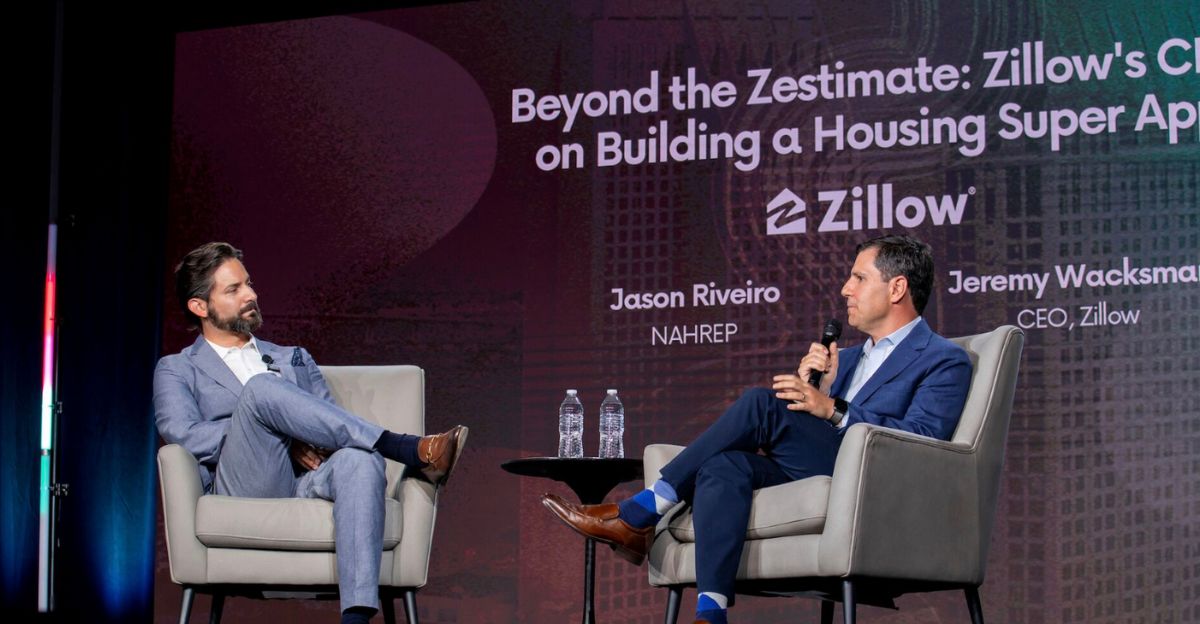
During the recent Q1 2025 earnings call, Zillow CEO Jeremy Wacksman didn’t mince his words. “We’re seeing real challenges in transaction volume,” he said.
While user activity on Zillow’s platform remains strong, the actual number of people moving forward with buying or selling has remained frustratingly low. In other words: curiosity is there — action is not. That’s the signal Zillow is most concerned about.
Demand vs. Action

Wacksman explained that it is not an issue of traditional demand. “People still want to move,” he stated. The site’s activity data proves the interest remains.
But the economic environment is preventing them from moving forward. “It’s not that Americans don’t want homes,” he explained. “It’s that they can’t afford them now.” Demand isn’t dead — it’s just freeze-framed, waiting to lift.
Mortgage Rates Remain a Significant Obstacle
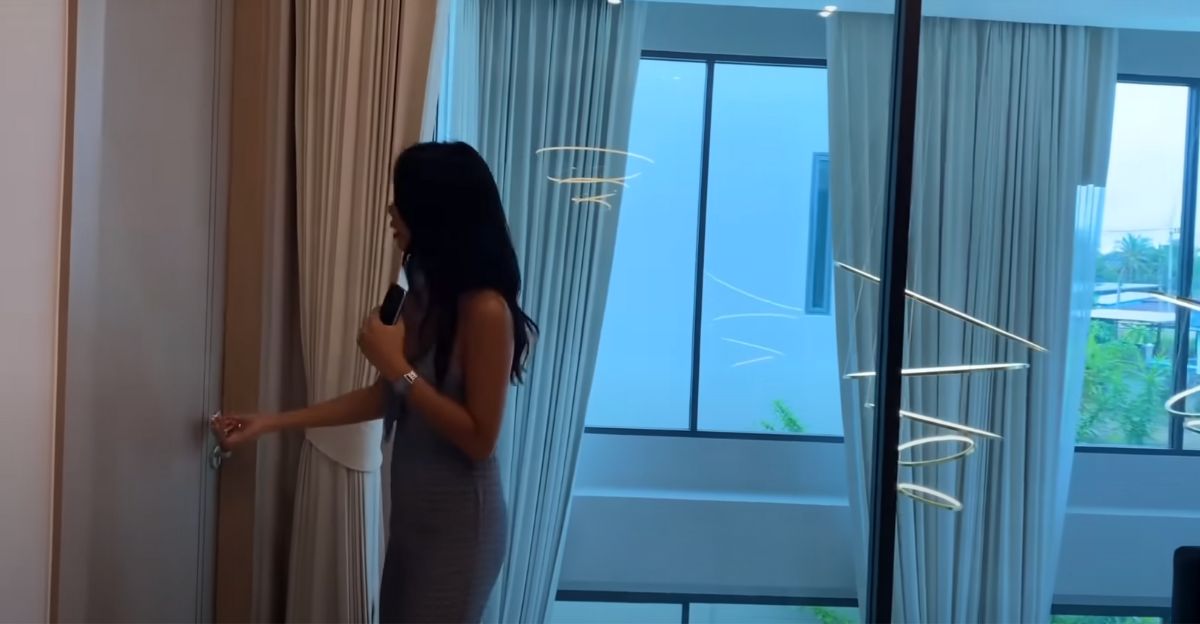
Mortgage interest rates, previously at 3%, remain high, between 6.5% and 7%. That difference alone adds hundreds — or even thousands — to monthly payments.
First-time purchasers and people who wish to upgrade are both choosing to cut their losses. Most would rather stay put than strain their budgets. Even when prices relent a little, affordability is the biggest hurdle.
Sellers Are Also Stuck

It’s not just buyers sitting on the sidelines. Sellers don’t want to give up their ultra-low mortgage rates either. A homeowner with a 3% rate on a $400,000 mortgage isn’t going to swap that out for a 7% rate on a comparable-priced home anytime soon.
This has generated what economists call a “locked-in effect,” and inventory has become stagnant and new listings are down — another piece of the puzzle Zillow is keeping an eye on.
The Inventory Illusion
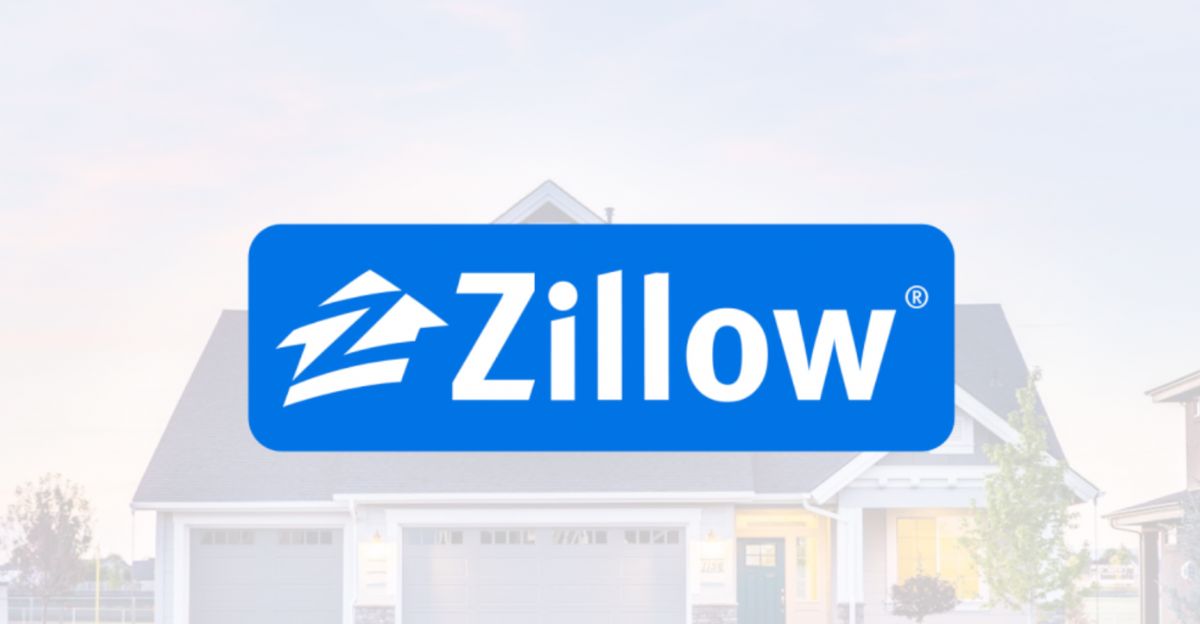
You may have heard of rising housing inventory. It’s true — but not like it used to be. Most of this “growth” is due to existing listings being up for longer, rather than new houses coming onto the market.
Zillow’s statistics reveal that listings are indeed increasing, unlike buyer activity. Houses are staying on the market longer, giving the illusion of more new homes being out there, when in fact, the market is still limited in both quantity and affordability.
The Affordability Crisis

One in four Americans are paying more than 30% of their income on housing — a financial breaking point. Add inflation, stagnant paychecks, and exorbitant insurance rates, and you’ve got a formula for paralysis.
Wacksman cited this pattern as one of the primary explanations for why folks surf homes online, daydream about relocating, but remain stationary. It’s not an absence of interest — it’s simple economics.
The Psychological Freeze
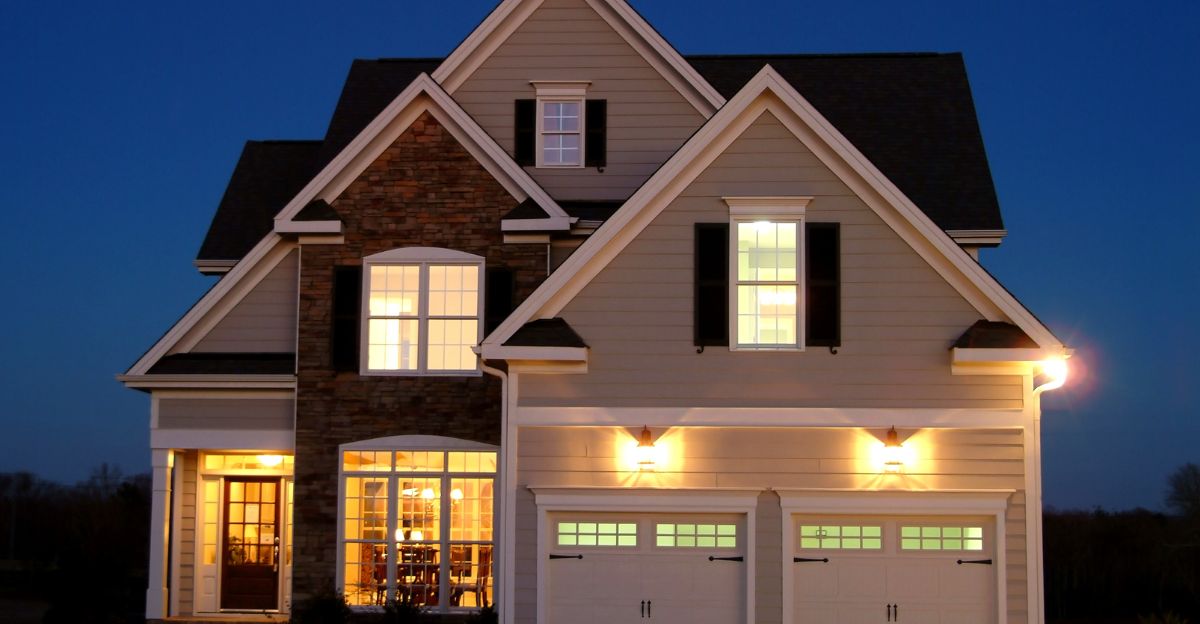
In addition to hard data, there is a state of mind freeze. Buyers fear overpaying; sellers fear underselling. No one is willing to make the first move.
This stalemate has created what Zillow executives call “transaction gridlock” — a state where both sides are ready, but nobody is willing to take the plunge. Even traditionally scorching-hot markets are holding back.
Hope for 2025? Not So Fast
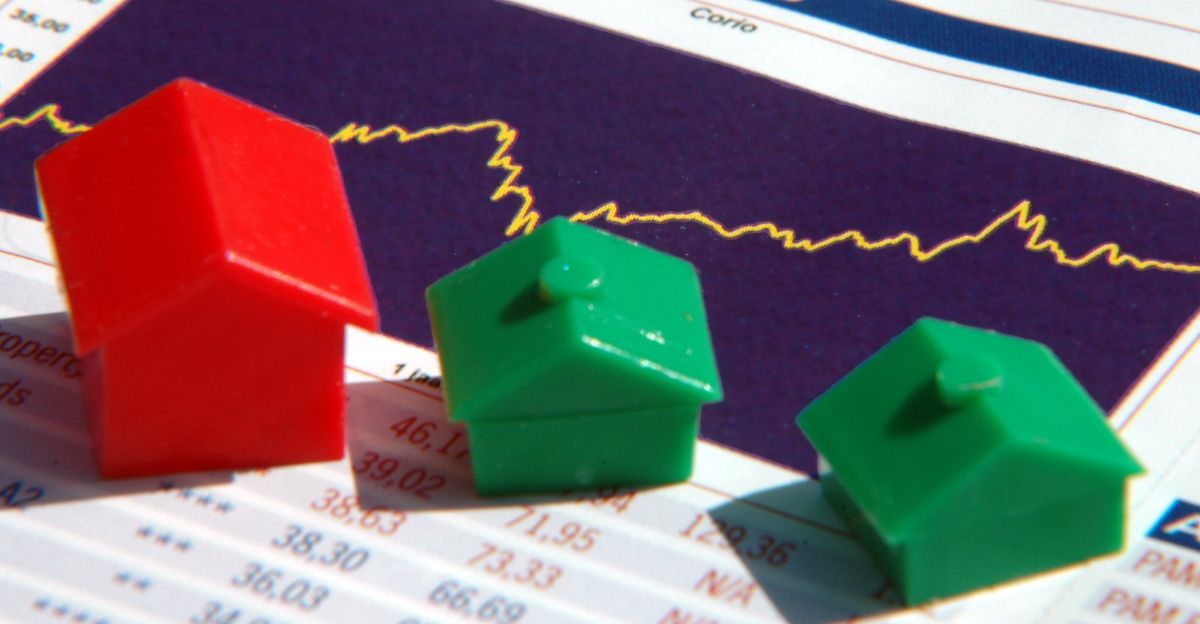
In January, there was hope that 2025 would see a rebound. Under the surface of inflation decline, Fed rate reductions, and a presidential election year, things usually pick up.
But the truth is proving more stubborn. Zillow CFO Jeremy Hoffman confessed they’re hoping for housing to “bounce along the bottom” through to the end of 2025. This would lead to a glacial rebound at best, with no silver bullet solutions in sight.
Buyers: Wait or Act
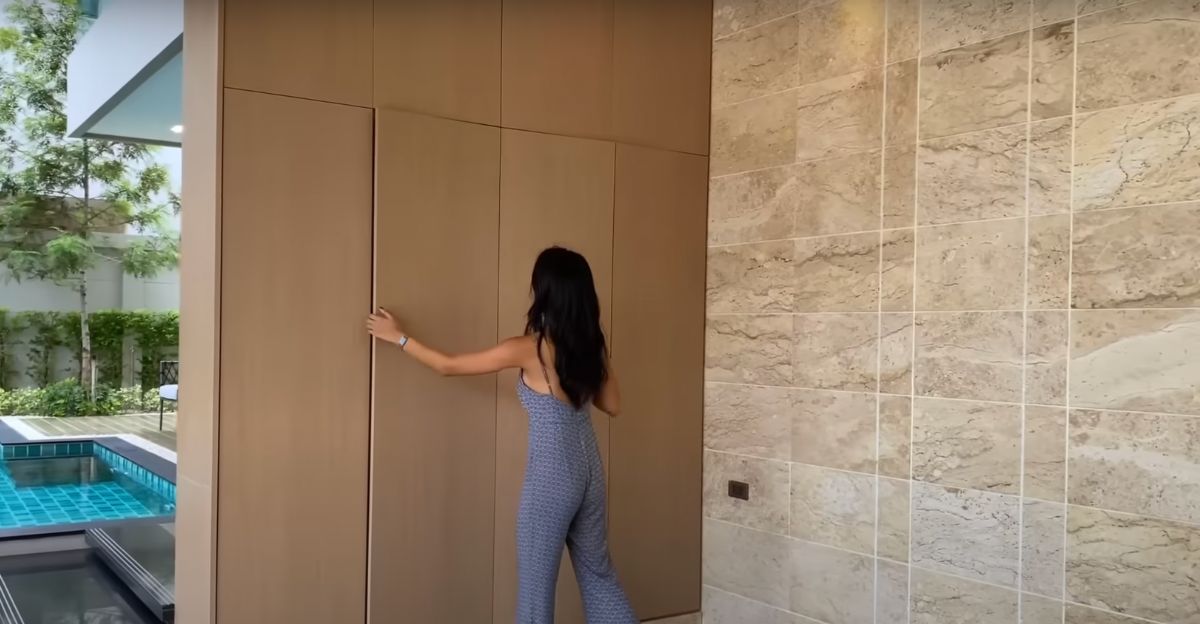
If you’re a buyer, you may find yourself asking whether to move or wait. Zillow’s bottom line? Don’t risk counting on a home price collapse.
Rather, the secret might be monitoring interest rates and your neighborhood markets. The national market may decelerate, but local conditions are volatile.
If you’re comfortably situated financially, patient, and understand a good deal, this can still be your moment.
What Zillow’s Alarm Means for You
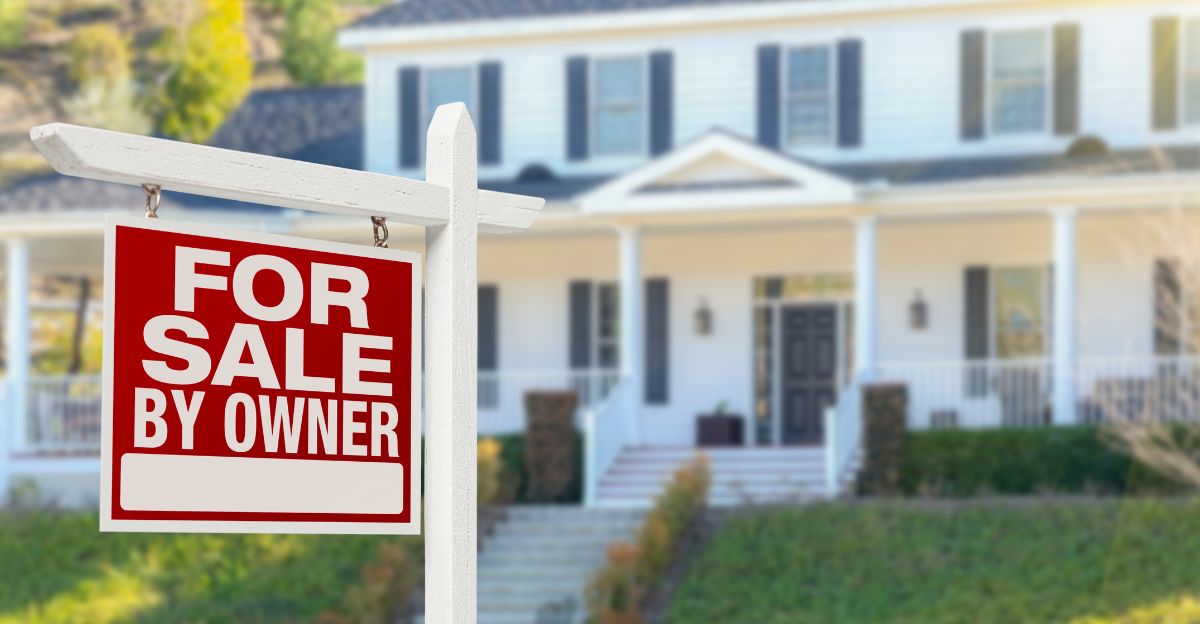
Zillow’s caution isn’t fear — it’s reality. The company, which rises and falls with real estate activity, has every incentive to forecast a rosy outlook.
The market’s not tanking, it’s just not coming back. Wacksman’s suggestion was this: there’s demand, but very few buyers. And the consequences might carry over into next year.
The Bottom Line
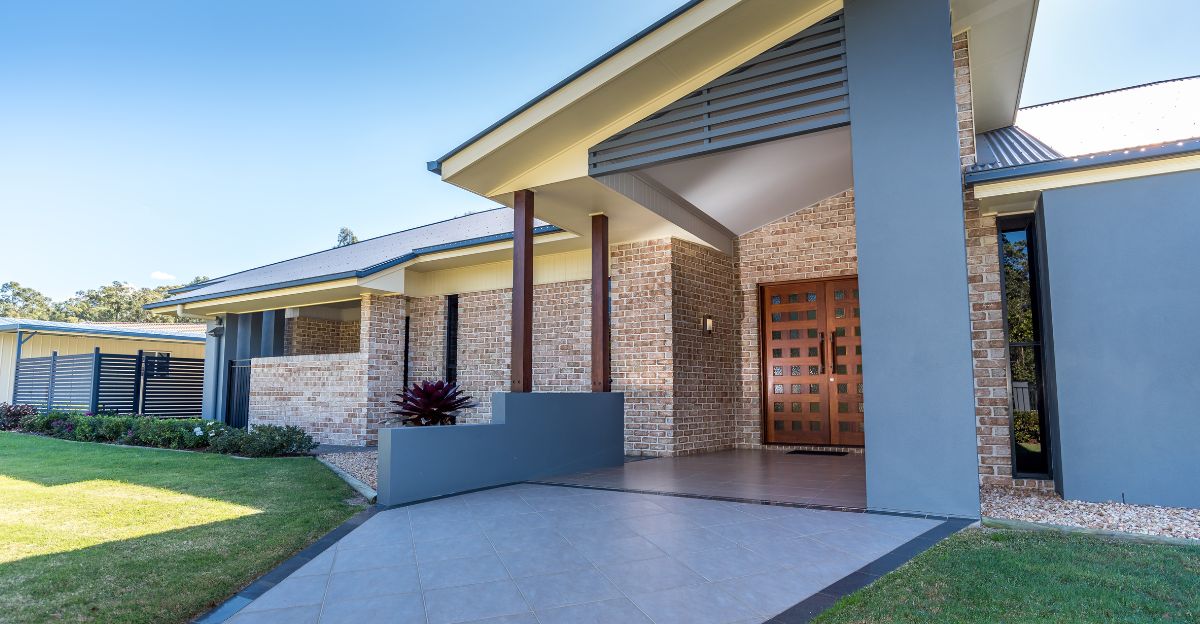
Whether you’re a buyer, seller, investor, or renter, Zillow’s warning highlights a deeper issue: the American housing market is in a holding pattern.
And without significant economic shifts — in interest rates, wages, or construction — the freeze may continue.
Don’t expect a massive decline, but don’t expect much upward movement either. In a market defined by hesitation, the smartest move might be patience — with one eye firmly on your local listings.
Credit Downgrade Ripples

The recent downgrade of U.S. sovereign debt by Moody’s has driven 30-year mortgage rates above 7%, further reducing housing affordability.
This made financing for homes less affordable, especially during the peak housing season. The downgrade reflects concerns about the U.S.’s fiscal prudence and federal debt.
Builders Feel the Pinch
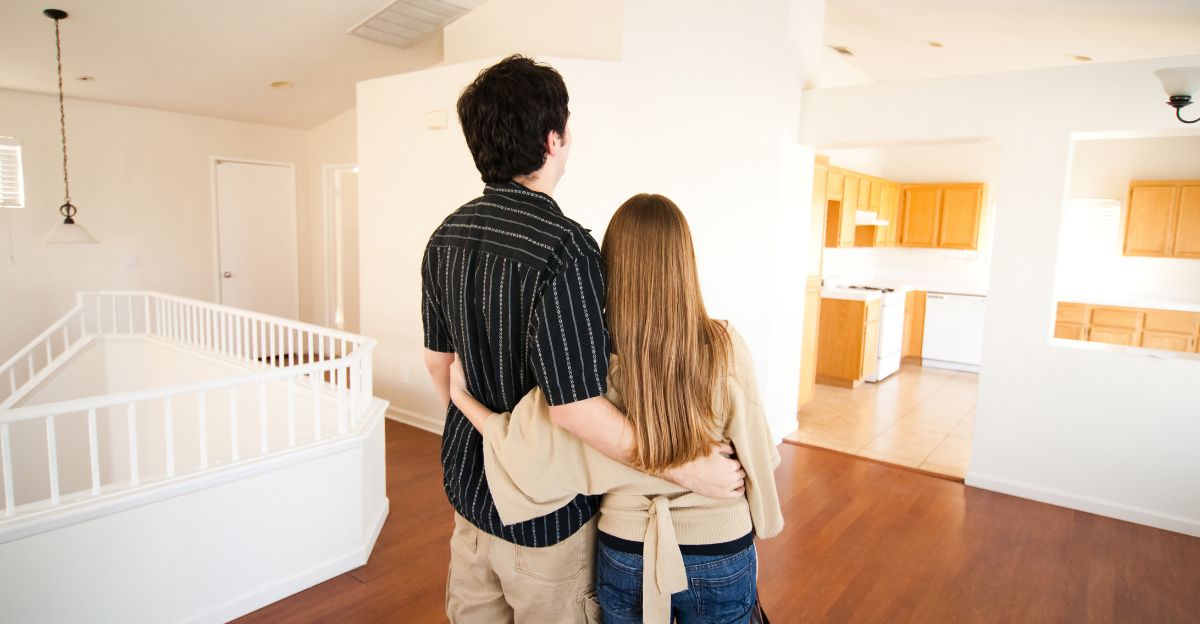
First-time homebuyers are struggling due to consistently high mortgage rates of 7%, which puts downward pressure on builders.
Even with the presence of government-sponsored mortgage rates of almost 5% by mega builders, new orders and sales remain disappointing.
Builders such as PulteGroup credit an 11% decline in first-time buyer new orders in the early months of 2025.
Inflation and Consumer Sentiment

American consumer optimism collapsed in May 2025, with inflation expectations reaching their highest point since 1981.
The University of Michigan Consumer Sentiment Index fell to 50.8, as people became more concerned about the economic consequences of trade policy and tariffs.
These trends will be difficult for the Federal Reserve, which may lead to delays in further interest rate hikes.
Regional Disparities
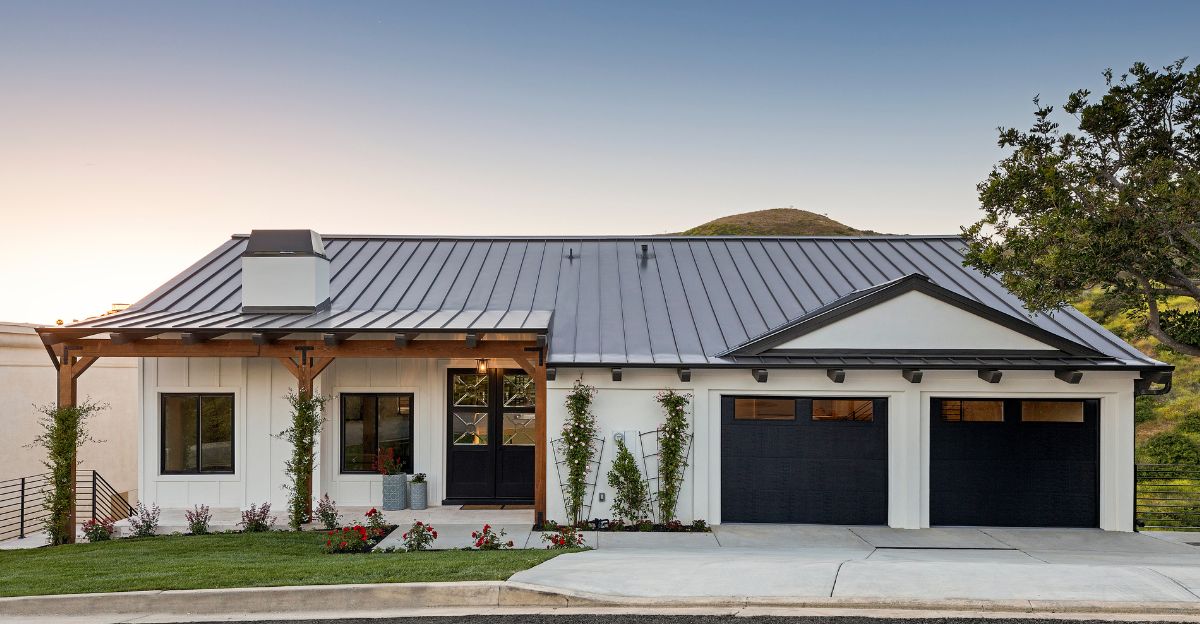
The U.S. single-family home market is still highly fragmented in 2025, with home prices depreciating quickly in some counties.
Zillow’s revised Home Value Index captures substantial regional price disparity up to and including April 2025. Such uneven terrain underscores the need for local market analysis for buyers and sellers.
Rental Market Resilience

As housing becomes more unaffordable, the rental market is seeing increased demand. Zillow’s rentals segment grew 33% year-over-year on the basis of deals with Realtor.com and Redfin.
The trend also signals a growing shift toward renting in light of high home prices and mortgage rates.
Affordability Challenges Persist

Affordability is a major headwind in the US housing market. The National Association of Realtors indicates that the existing home median sales price still goes up, excluding middle-income buyers from the market.
The inventory is growing, yet benefits are not trickling down to all income levels.
Mortgage Rate Volatility

Mortgage rates have remained incredibly steady amidst a chaotic stretch of policy releases and adjustments.
Rates rose to a recent high of 7.04% in the beginning of 2025, declining to about 6.6%, fluctuating around 6.6% during March and April. Volatility remains a consideration in buyer decisions.
Zillow’s Strategic Focus
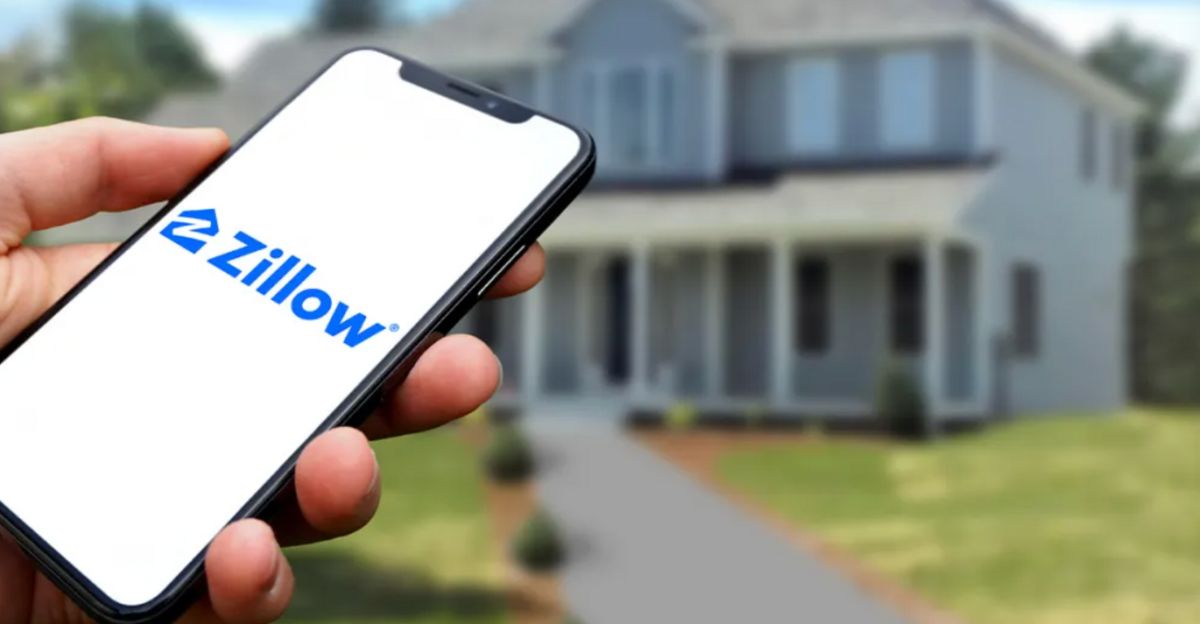
Despite the market challenges, Zillow had a strong start to 2025, surpassing its first-quarter expectations with $598 million in revenue, a 13% improvement year-over-year.
Growth in its products and tools, including its “housing super app,” has contributed to this evolution.
Home Value Forecasts
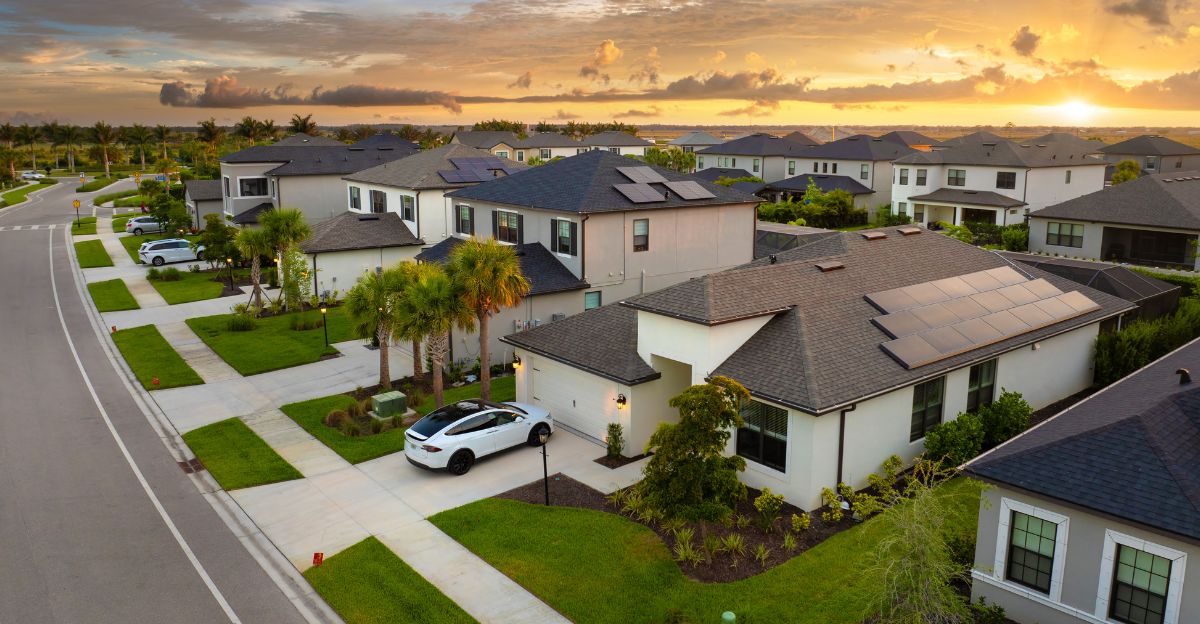
Zillow is projecting a more active housing market in 2025 with 2.6% increases in housing prices and 4.3 million existing homes sold.
Although mortgage rates will remain unstable, volatility will still dictate buying habits. The housing market will get increasingly buyer-friendly, especially in the Southwest.
Long-Term Outlook

The American housing market will likely remain mostly stagnant until 2025. Growth is still expected, but at a highly muted rate of 3% or less.
This forecast suggests a drastic shift in economic conditions is required to enhance the market.
Discover more trending stories and Follow us to keep inspiration flowing to your feed!

Craving more home and lifestyle inspiration? Hit Follow to keep the creativity flowing, and let us know your thoughts in the comments below!
